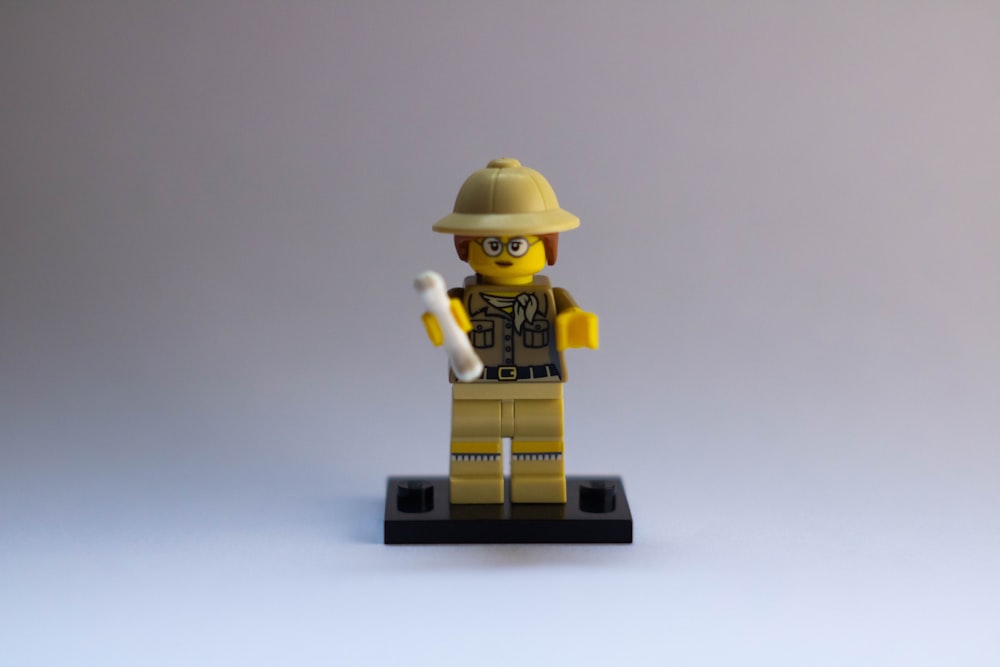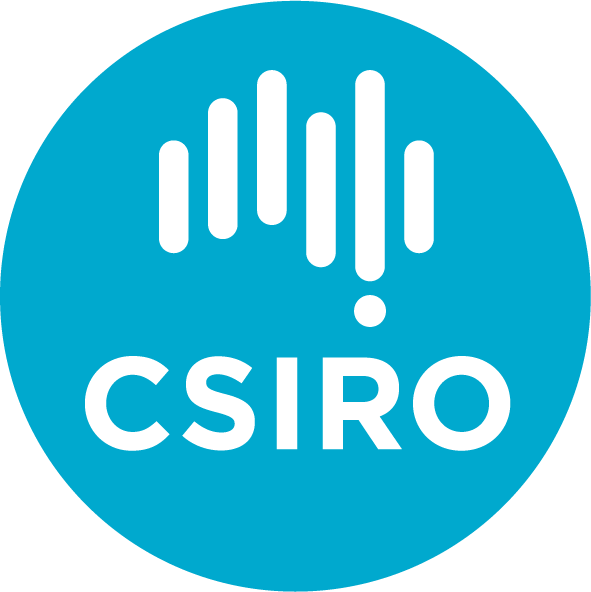Dev Diary 6: A philosophy of Digital Archaeological Tools
Brian gives a dev update for mid April, and descends further into the philosophy of technology and archaeology. (Madness intensifies…)

Dev update
We have just begun a new tranche of development work for CSIRO, focusing on notebook authentication, row visibility controls, new work on the exporter, and attachment sync management. We’re also getting ready for focus groups, spinning up a demo server, and starting to plan to plan our next ARDC development cycle1.
In this new (and un-planned for) development period, we’ve started by paying off some of our technical debt and finally accepting a bunch of dependabot pull requests. We brought our Capacitor2 version up a major version to 3 and are now whacking bugs in reaction to us paying off technical debt3.
While there are still plenty of rough edges, we have a version of FAIMS3 in production, and in real-world use by the people who will be getting their boots dirty. Progress! Ad Astra per Aspera!
On Kearns’ what we lose when we’re plugged in qua archaeotech
In response to Lost Connection: what we lose when we’re plugged in, Kearns quotes Harroway in (correctly) noting that we are all already cyborgs. Just because our phones are not physically implanted in us does not mean that our understanding of what it means to be us, right now, is not fundamentally mediated by us+our personal technology.
The passage that motivated me to reflect on this article for this newsletter is:
Moreover, Vindenes goes on to say that “if we only interpret the world as potential means to an end of ours, we don’t really see the world as it is, or as it reveals itself.” Beyond the distinction of good and good for, technology, if left unchecked alters our experience of reality to such a degree that we’ll only truly experience reality mediated through machines and apps. The real reality of nature could be so obscured that it’ll be foreign to future generations.
While there are obvious connections here with Slow Archaeology (more on that later), and Heideggerian asides about the standing reserve4 there is a tension here of “mediation.” How does an app, designed to record structured data for purposes of fieldwork, change our experience of reality?
From my perspective, my personal default definition of technology is: “A technology is a tool plus a technique applied to the world to achieve a goal.” (At this point, I no longer remember who I got that definition from.) Notebooks, Microsoft Excel, pencils, apps, phones, cameras, and brushes are all technologies. We normally elide, however, the human-required technique needed to bring technology-into-world for a goal. Intentionality is not required. There may be quite a difference between whose goal is being enacted and who is doing the action — and I believe that this disjunction between actor and purpose is being exploited by virtual reality and the “app” ecosystem and is the thing which Kearns is reacting to.
She says:
While the use of tools has anthropologically defined the human species, technology (especially digital frameworks that can run on their own like AI or machine learning) is in itself a separated and related actor. Technology controls us as much as we control it.
FAIMS (2.6 and 3) certainly acts as a mediating layer by virtue of presenting/inviting/constraining structured data. By presenting forms arranged in such a fashion, and entities related in such a way — the designer of each module/notebook5 imposes their vision of the reality-we-could-see onto the reality-that-was. A technique (recording method) plus tool (app) to achieve a goal: documenting old occupations. Changing the tool changes the externalities of the goal: who can use the data, the methods of analysis the data is amenable to, and the hierarchies of authority, prestige, and experience which result in literally digging knowledge from the dirt. I would assert, however, that other tools also act as such a mediating layer — and that folk need to make well intentioned decisions about their tool use to achieve their goals.
She concludes:
There is something unique and beautiful about our ability to transcend ourselves and become cyborgs, to create a communication system out of waves and silicon, to at least trick our brains into minimizing the distance between each other when the world is big and lockdowns (driven by pandemics, politics, and war) are real. The nuance and balance that we strike in trying to attain our various socio-political-economic needs is by no means easy, but it’s certainly not found at the extremes of primitively off-gridding or completely plugging into the digital world, however tempting they both are depending on the moment.
We can think of the same questions-of-balance applying to archaeological fieldwork. There is the unremitting hegemony of time — a field season is only so long. There are budget and political and technological expertise questions. There are local (and university) regulations. There are the comfortable defaults of old fieldwork and the known rewards of a write-once read-onceish publication6. Questions of “balancing” all of these competing needs have only local answers. My only note is to beware of default and unconsidered answers.
Slow Archaeology, an aside
Shawn and I discuss apps and slow archaeology in: Introducing Preregistration of Research Design to Archaeology, which will be available in dead-tree form in early July! Go get your libraries to get Digital Heritage And Archaeology In Practice Data, Ethics, And Professionalism, edited by Watrell and Goldstein!
Kearns notes:
In some corners of modern society, we see a backlash to this hyper digitized movement. Minimalism, off-grid living, returning to app-less flip-phones, hipster record players instead of streaming services, and “slow-living” in general are all trends that (while highly commodified) are on the rise. Slow living itself is a mode and process to try and repair and restore our connection to the world and see beyond the infrastructures of technology and society.
And we make the point in our paper that Slow Archaeology is entirely compatible with good and thoughtful data collection practices, digitally enabled or not. Rather that preregistration and the entire requirement of formalising data quality and structure is antithetical to the “I’ll bang out a data collection form in excel while on the flight out to the dig site” mentality. It is prior intent and consideration of how tools and techniques exist to achieve goals which divides our camps — not the presence of an app.
What I’m reading
The amazing Julia Evans has a list of newish commandline tools
Jonathan Haidt’s article on the stupidity of the last ten years echos many themes of my recent research into far-right extremism and conspiratorial thinking online.7
Most emphatically DeForest White and none of his plagarisers: Plagiarism, and how I'd like to enjoy it
A transcript of Sabine Hossenfelder talking about wireless power’s challenges.
Greg Wilson’s review of “Do you really code?”
Or is it that we’re having meetings to explore…
the thing which allows for Android and iOS deploys
If it was easy, people would just do it immediately…
Lovely and absolutely terrifying philosophy of technology which rejects turning the world around us into a standing reserve. Shame that his vision about restoring the German countryside to an idyllic state implies a requirement for megadeaths…
Usually the person commissioning them, rather than us implementing them
Which are far far higher than the rewards for making well structured and published citable data: Time to recognize authorship of open data
♪ It’s my newsletter and I can self-cite if I want to. ♪
For more news, subscribe!



